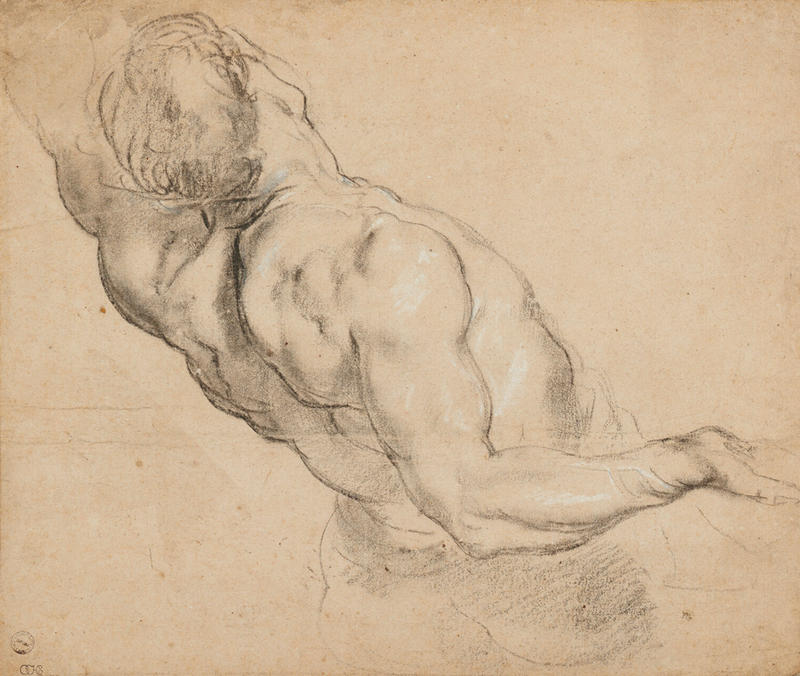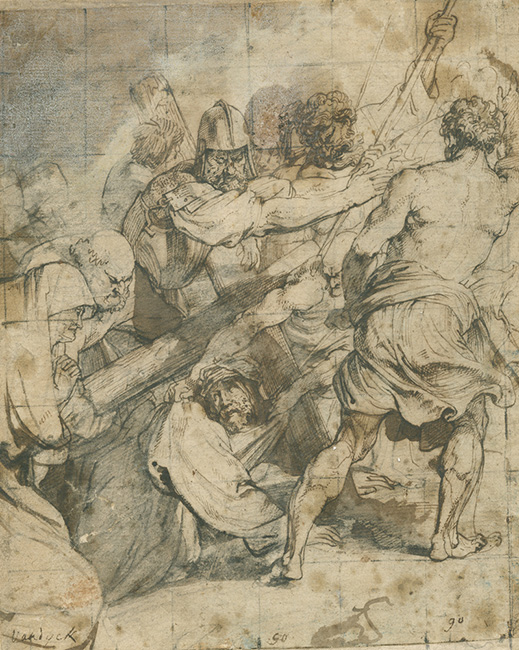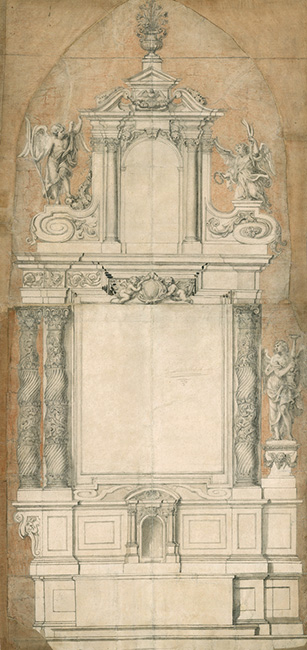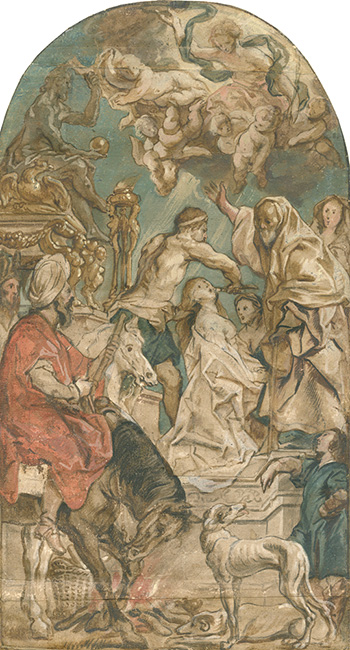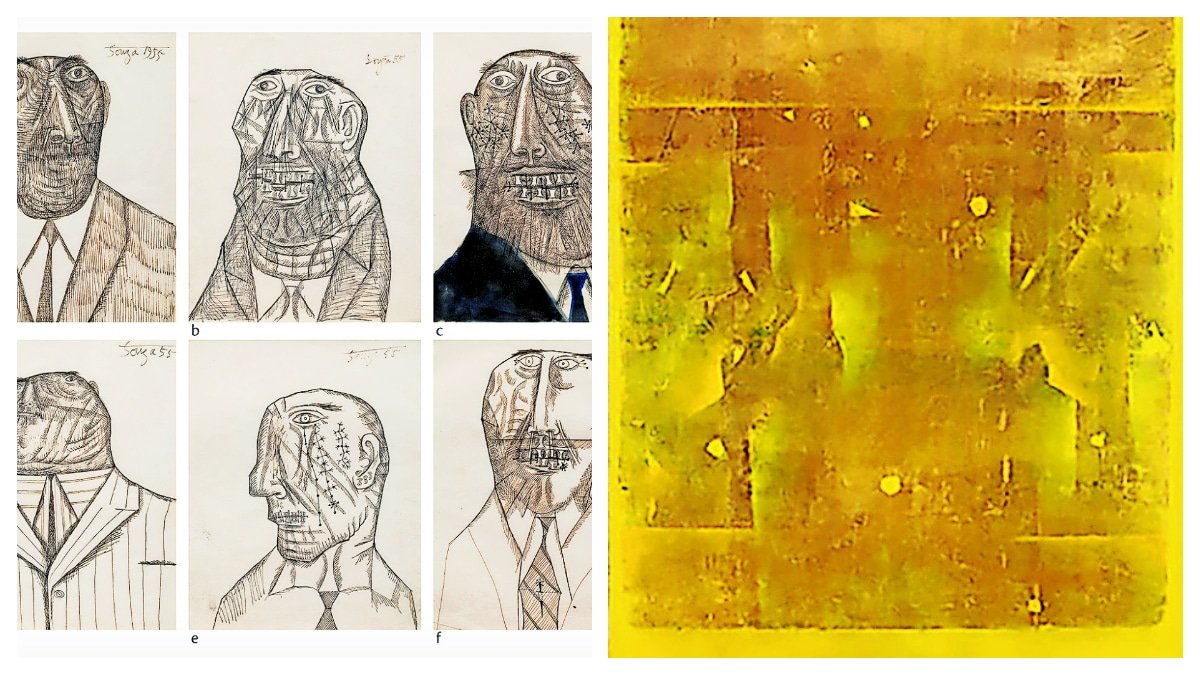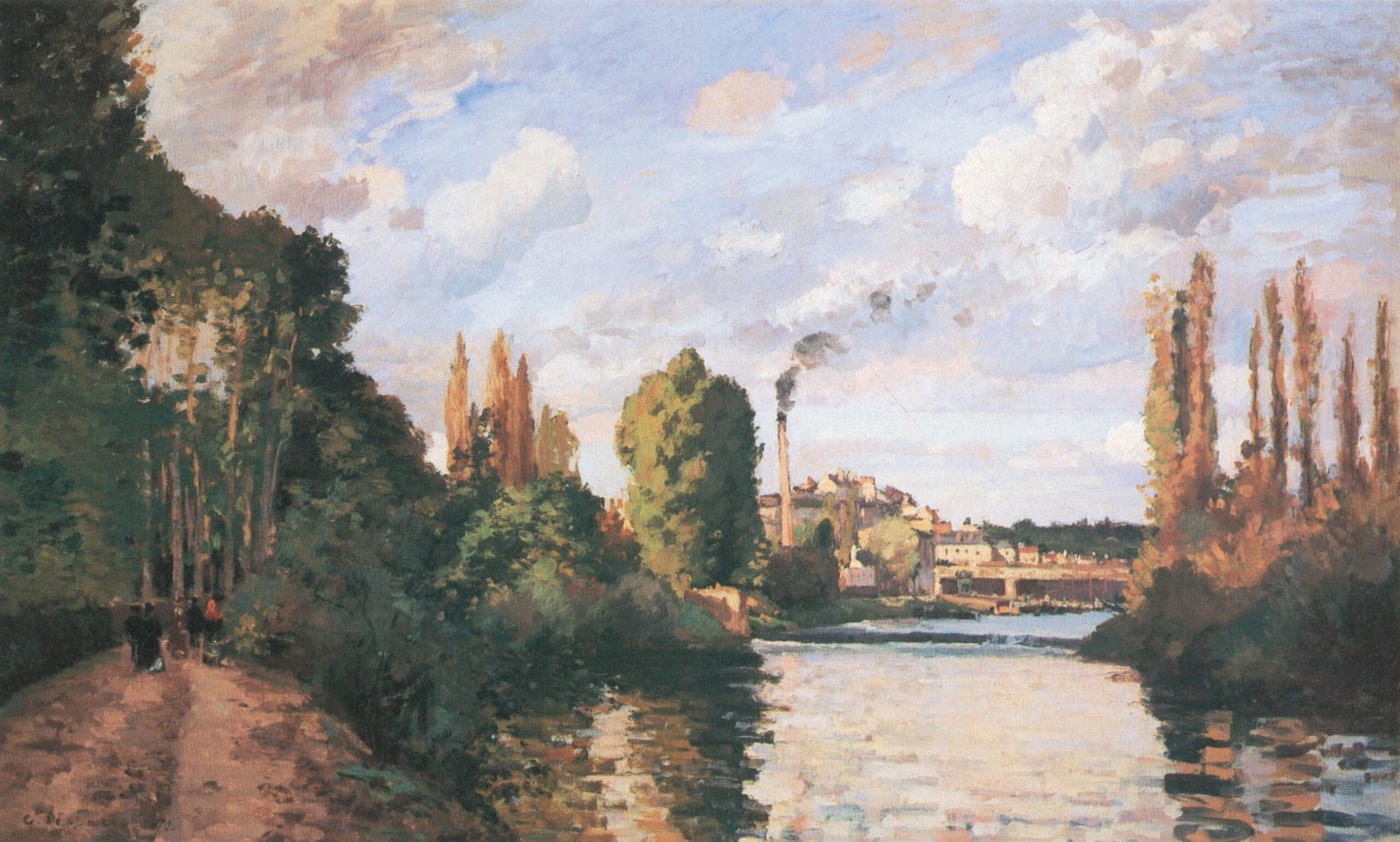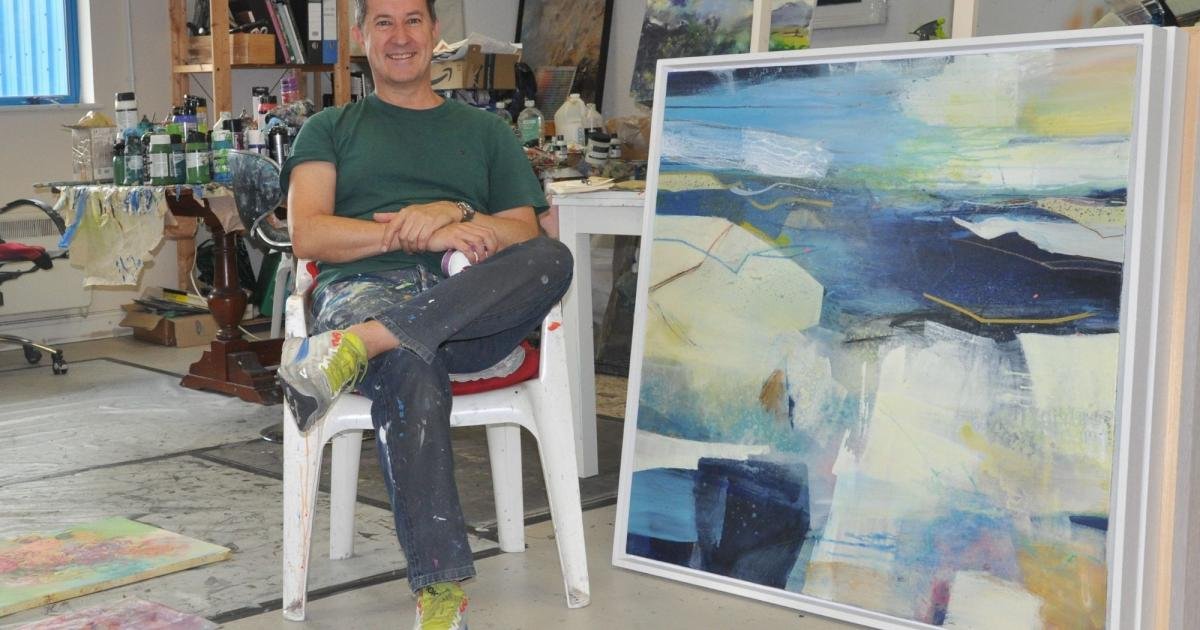In 1609 the Twelve Years’ Truce, a major peace between the Dutch Republic (in the North) and the Spanish Netherlands, was finally reached. Around the same time Peter Paul Rubens, (Antwerp’s best-known artist), started work for the local governors Albert and Isabella. Rubens had returned to Antwerp in 1608 after some years of travelling and working in Italy and Spain.
Rubens’s most famous altarpiece, The Raising of the Cross, was commissioned for the St Walburga Church in Antwerp around 1610. The church, however, was closed by the French in 1798 and subsequently demolished, after which the triptych moved to the Cathedral. The male torso, quickly sketched in charcoal with white chalk for the highlights, is a figure study for one of the soldiers supporting the body of Christ while lifting the cross.
Less than a decade later, around 1618, the Dominican order commissioned several artists to create an ambitious paintings cycle illustrating the 15 Mysteries of the Rosary. Barely aged 18, this was Anthony van Dyck’s first official commission, and he must have painstakingly prepared his contribution. The compositional study for The Carrying of the Cross shows ample signs of his creative process: the positions of some of the figures are still being adjusted on the paper, and in the background some heads have been ‘erased’ with white.
A few years later, Van Dyck was still working as Rubens’s most important assistant, when they both contributed to the decorations of the newly built Jesuit Church in Antwerp (now called Charles Borromeus Church). A large architectural drawing with a design for a high altar has survived.
While it does not fully match the marble altar installed in the Jesuit Church at its opening in 1621, some of its decorative elements have nevertheless been included.
Around 1628, another Antwerp artist, Jacques Jordaens received a commission to paint the four-meter-high altarpiece showing St Apollonia, the patron saint of dentists, for a side chapel devoted to her in the St Augustine’s Church. The arched drawing is particularly striking, as the martyr Apollonia suffered a particularly gruesome fate with her teeth being pulled.
The fully coloured drawing was probably created by Jordaens to show the church commissioners his final design. They must have not been entirely satisfied, because Jordaens made many alterations afterwards and he even cut out the top part of the scene to redraw it entirely. The St Augustine’s Church was deconsecrated in 1974 and the full-scale painting can now be admired in Antwerp’s newly reopened Royal Museum of Fine Arts.


